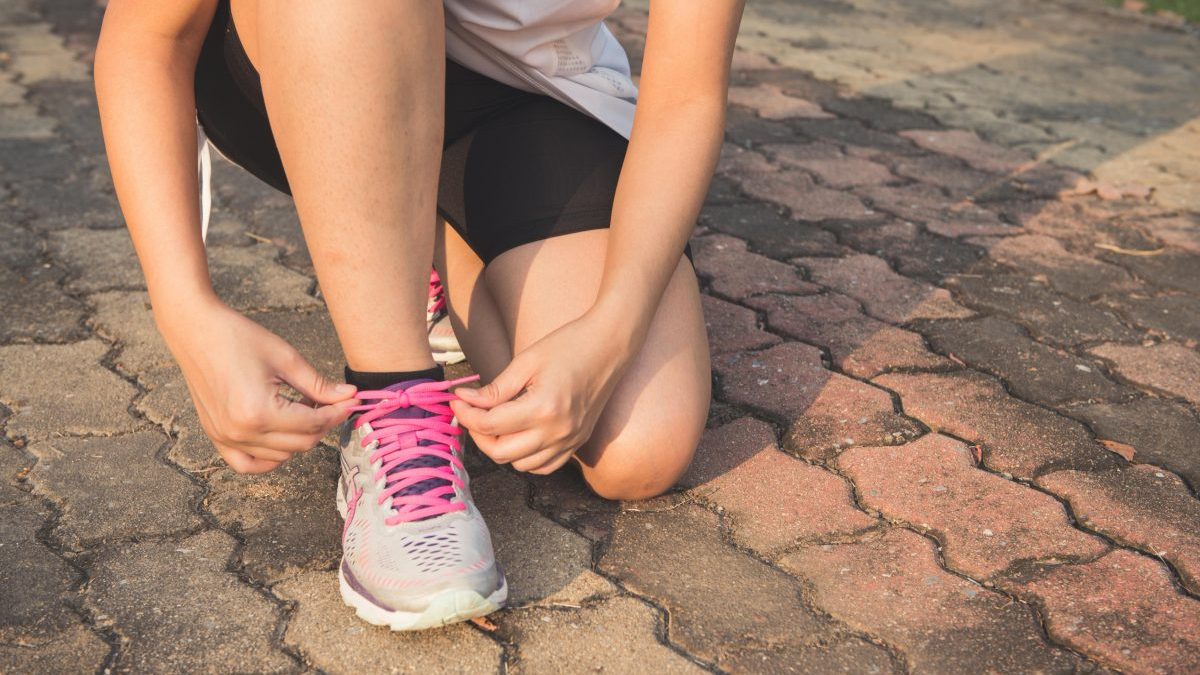Last Updated on: 14th July 2024, 09:31 am
Introduction to Footwear and Fitness
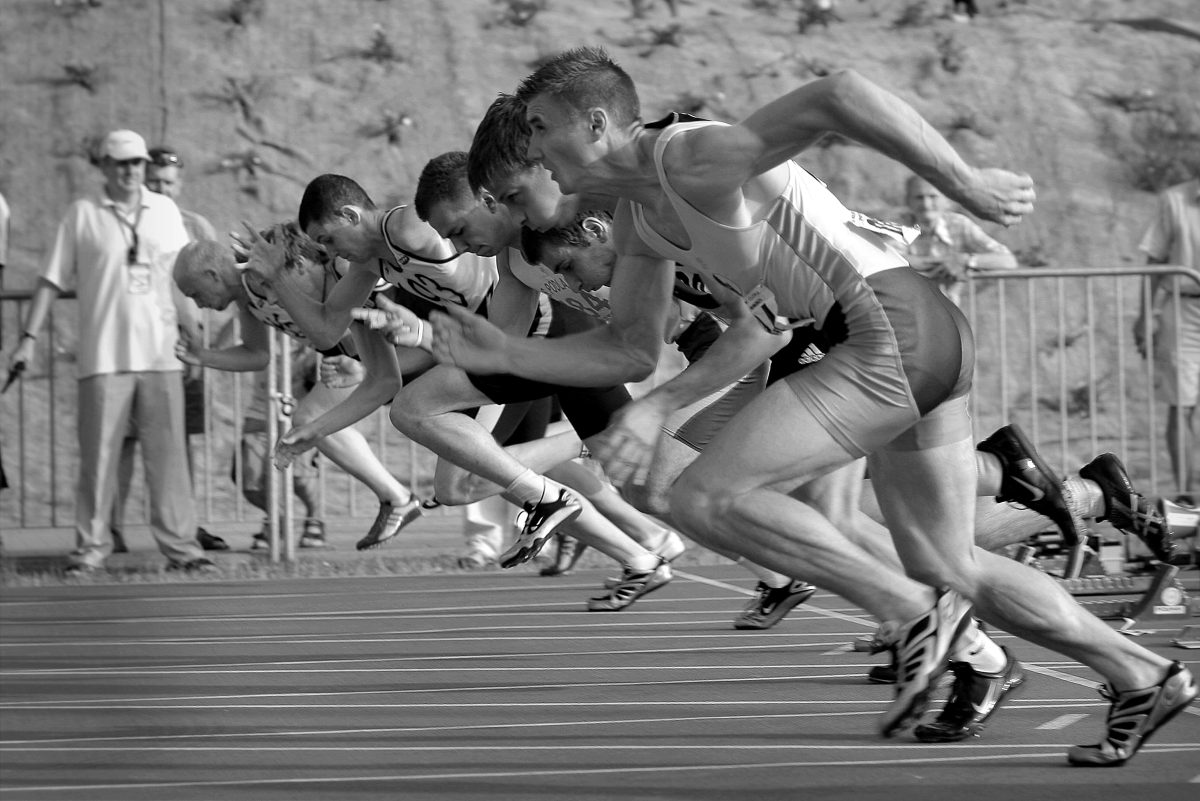
The role of footwear in enhancing fitness activities cannot be overstated. Proper shoes act as a foundation, supporting not just the feet but the entire body during a myriad of physical activities. They provide the necessary cushioning and support, reducing the risk of injuries and enabling a more effective workout. The evolution of fitness footwear is a testament to the growing understanding of its critical role in athletic performance and overall health. From rudimentary designs to advanced technology-infused models, fitness shoes have come a long way, each iteration offering improved functionality and comfort.
- There’s a profound connection between proper footwear and overall fitness performance.
- The right pair of shoes can significantly impact your training efficiency, affecting everything from your running form to your ability to lift weights effectively.
- It’s not just about avoiding discomfort; it’s about enhancing your physical capabilities and protecting your body from the ground up.
As we delve deeper into the importance of footwear in fitness activities, remember that the right shoes are not just an accessory but a crucial tool in achieving your fitness goals.
Understanding the Biomechanics of Footwear in Fitness
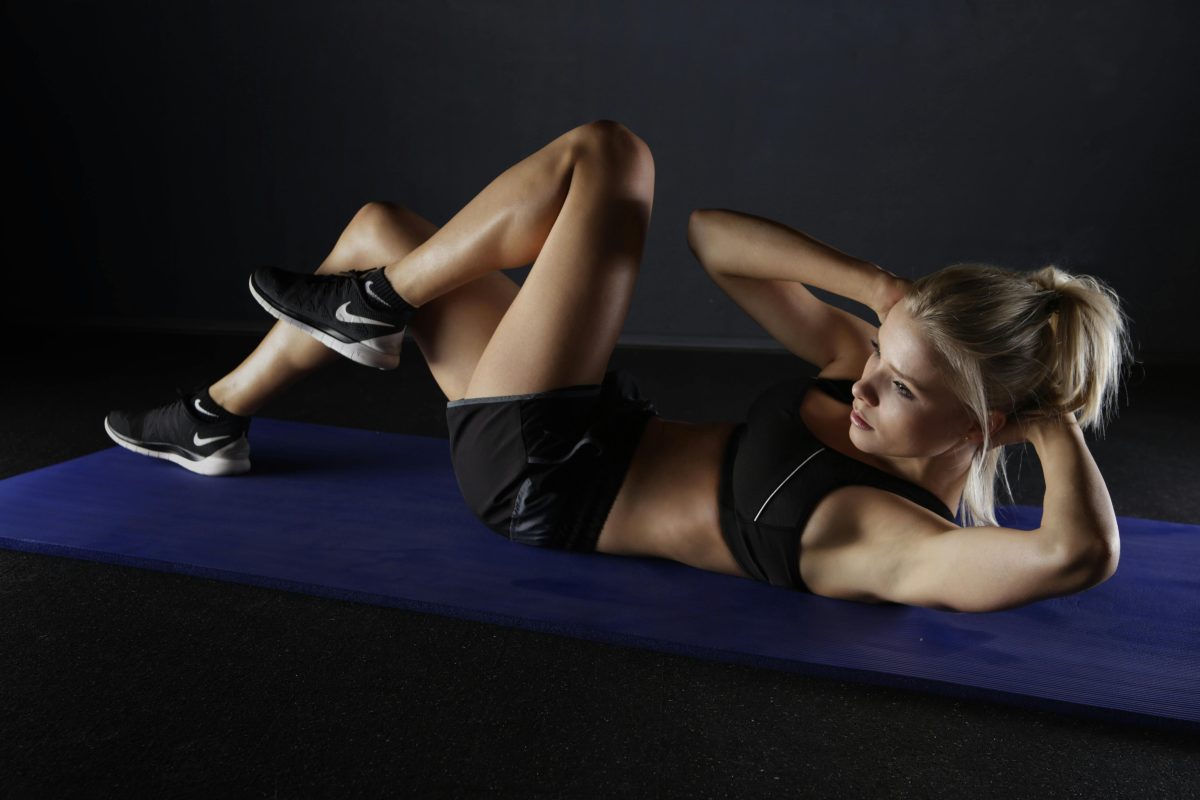
Footwear plays a pivotal role in the biomechanics of walking, running, and various fitness activities. The right shoes can enhance your movement efficiency, while the wrong ones may lead to misalignment and increased injury risk. Every step sends a wave of impact through your body; proper footwear absorbs this shock, protecting your joints and muscles.
- Improper footwear can wreak havoc on body alignment, leading to a domino effect of issues.
- Misalignment increases the strain on your ankles, knees, and hips, escalating the risk of injuries.
- The science behind shoe design is fascinating, combining biomechanics, material science, and ergonomics.
Choosing the right footwear is crucial for anyone engaged in fitness activities. It’s not merely a matter of comfort or style; it’s about investing in your health and performance. The right pair of shoes acts as a foundation, enabling you to train harder, longer, and safer. Remember, every step in your fitness journey begins with your feet, and caring for them starts with the right shoes.
Types of Footwear for Different Fitness Activities
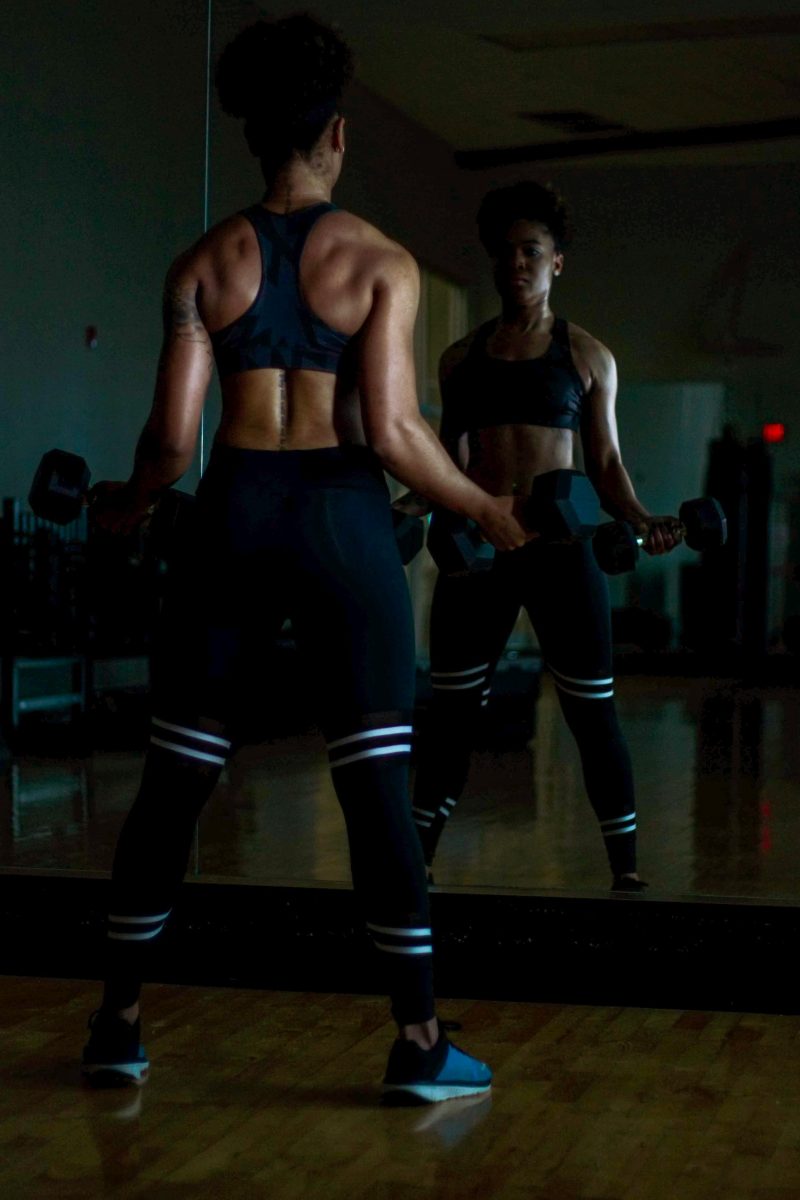
When diving into the world of fitness, selecting the right footwear becomes as crucial as the workout itself. Different activities demand specific types of shoes, each designed to enhance performance and reduce injury risk.
Running Shoes: Features and What to Look For
- Engineered for forward motion, featuring ample cushioning to absorb impact and support your stride.
- Look for a pair that offers a comfortable fit, excellent arch support, and a flexible sole.
- The right running shoes can make each run smoother, reducing the strain on your feet and legs.
Cross-Training Shoes: Versatility for Various Activities
- Designed for versatility, they support a range of movements, from lateral cuts to jumps.
- Their soles are usually wider, providing stability for a variety of exercises.
- Ideal for those who mix their workouts, these shoes ensure you’re prepared for anything.
Specialty Footwear: Shoes Designed for Specific Sports
- For activities like cycling and weightlifting, specialized footwear can significantly enhance your performance.
- Cycling shoes have stiff soles that improve power transfer to the pedals.
- Weightlifting shoes offer a stable base and a slight heel lift, aiding in proper form and posture.
The importance of selecting activity-appropriate footwear cannot be overstated. The right shoes not only improve your performance but also protect you from injuries, ensuring that your fitness journey is both effective and safe. By understanding the unique demands of each activity, you can choose footwear that complements your workouts, helping you achieve your fitness goals with confidence.
The Role of Footwear in Injury Prevention
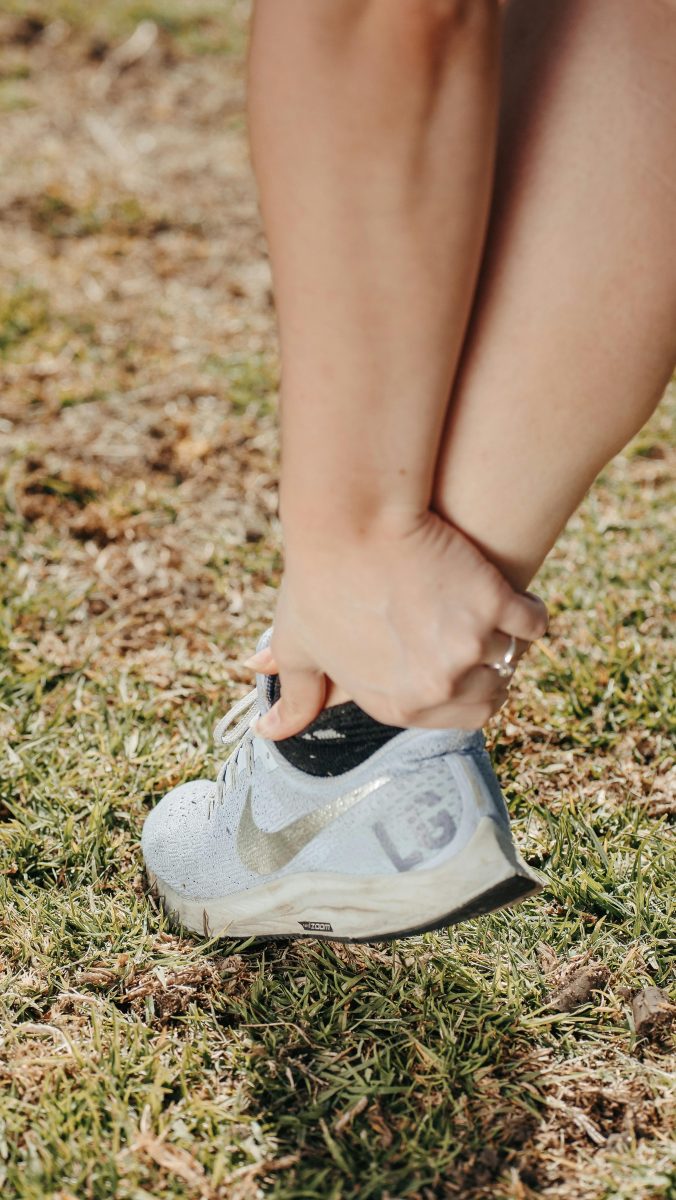
Footwear is not just a part of your workout gear; it’s a shield against common fitness-related injuries. The right pair of shoes can be the difference between a fulfilling workout and an unforeseen injury. Sprains, strains, and stress fractures are often the result of inadequate footwear. Recognizing the role of shoes in injury prevention is the first step towards a safer fitness routine.
- Cushioning, support, and fit are the trifecta of injury prevention in the realm of fitness footwear.
- Proper cushioning absorbs the shock that otherwise impacts your joints.
- Support keeps your foot aligned, reducing the risk of overpronation or supination.
- A good fit ensures that these features work effectively, preventing blisters and allowing for natural foot movement.
Real-life examples abound where the right footwear has prevented potential injuries. A marathon runner attributed her absence of knee pain during and after races to her choice of running shoes with adequate cushioning and support. Another case involved a cross-fit enthusiast who switched to shoes with better lateral support, significantly reducing his risk of ankle sprains during high-intensity workouts. These stories underscore the importance of selecting the right footwear for your fitness activities.
Choosing the right shoes is more than a matter of comfort; it’s an investment in your health and fitness journey. The proper footwear acts as a foundation, enabling you to train effectively while safeguarding your body against injuries. As you continue to explore the vast world of fitness, remember that every step, jump, or sprint begins with what’s on your feet. Make it count.
Footwear and Enhanced Performance

The right shoes are more than just a part of your fitness attire; they are a catalyst for improved performance. With advancements in footwear technology, athletes now have the opportunity to push their limits further. The relationship between innovative shoe designs and athletic achievement is undeniable, offering a blend of support, durability, and precision that was once unimaginable.
Testimonials from seasoned athletes highlight the transformative impact of proper footwear on their training and competition outcomes. Many recount how switching to activity-specific shoes led to noticeable improvements in their performance metrics, from faster sprint times to increased endurance. This feedback underscores the importance of selecting the right shoes, tailored to the demands of your fitness regimen.
Choosing the right footwear is not just about comfort or aesthetics; it’s about unlocking your full potential. Whether you’re a casual jogger or a competitive athlete, the foundation of your fitness journey lies in the shoes you wear. They are the unsung heroes of athletic achievement, enabling you to reach new heights and achieve your fitness goals with confidence and support.
Remember, every stride you take is influenced by the shoes on your feet. Invest in the right pair, and you’ll not only enhance your performance but also protect your body from the rigors of intense physical activity. Let your shoes be the stepping stones to a fitter, healthier you.
Choosing the Right Footwear for Your Fitness Journey

Selecting the perfect footwear is a pivotal step in your fitness journey. The right shoes cater to your foot type, ensuring tailored support for high arches or flat feet. Consider these factors:
- Activity Level: Intense workouts demand shoes with greater cushioning and durability.
- Exercise Surface: Road runners and trail enthusiasts require different traction and cushioning.
Professional fitting is crucial. Experts provide personalized recommendations, aligning shoes with your biomechanics to prevent injuries.
When trying on fitness shoes:
- Wear the same type of socks you’ll exercise in.
- Walk around, jump, and mimic workout movements to gauge comfort and support.
- Trust your feet—they’ll tell you if the fit is right.
Remember, shoes should feel comfortable from the start, without a ‘break-in’ period. The right footwear is a crucial ally on your fitness path, protecting your body and carrying you to new personal bests.
Maintenance, Replacement, and Sustainability of Fitness Footwear

Caring for your fitness footwear is essential. Regular maintenance extends its life and performance:
- Cleaning: Keep your shoes clean and dry out sweat naturally, away from direct heat.
- Alternating Shoes: Reduce wear by not wearing the same pair every day.
Knowing when to replace your shoes is crucial. Look for signs of wear, such as diminished cushioning and sole tread. Running shoes typically need replacement every 300-500 miles.
Sustainable practices are increasingly important:
- Choose brands that use recycled materials and aim for carbon neutrality.
- Contribute by recycling old shoes or donating them to charity.
- Support companies offering recycling programs, turning worn-out shoes into new resources.
Embracing sustainability in our fitness journey benefits the environment and promotes a healthier lifestyle, ensuring our gear meets high performance and ethical standards.
In Closing
Footwear is the cornerstone of fitness success. It not only protects but also enhances performance across activities. The right shoes serve as a foundation, balancing support with the freedom to excel, embodying the synergy between human ambition and technological advancement. From preventing injuries to boosting athletic achievements, they play a pivotal role in every step of the fitness journey. Let your choice in footwear propel you towards achieving your personal best, marking each stride with confidence and care for your well-being.
Importance of Footwear in Fitness Activities FAQs
Yes, the sole type of fitness shoes can greatly affect your workout by influencing traction, stability, and flexibility. Different workouts require soles with specific characteristics; for example, running shoes often have thicker, cushioned soles for impact absorption, while weightlifting shoes have flatter, sturdier soles for stability. Choosing a shoe with the appropriate sole for your activity can improve your performance and reduce the risk of slipping or injury.
Yes, wearing the wrong type of footwear can significantly increase the risk of injuries. Incorrect shoes may not provide adequate support or cushioning, leading to overuse injuries such as shin splints, stress fractures, and plantar fasciitis. Moreover, ill-fitting shoes can cause blisters, calluses, and other foot ailments that can hinder an individual’s ability to engage in fitness activities.
Your current fitness shoes are the right fit if they feel comfortable throughout your workout, provide adequate support where you need it, and do not cause any pain or discomfort. There should be about a thumb’s width of space between your longest toe and the end of the shoe to ensure proper room for movement. Additionally, your heel should fit snugly in the shoe without slipping, and there should be no excessive pressure on any part of your foot.
Footwear directly impacts athletic performance by optimizing energy use and improving efficiency. Shoes designed for specific activities can enhance agility, speed, and power by providing the appropriate support and traction. This allows athletes to focus on their technique and performance without being hindered by discomfort or the risk of injury.
Fitness shoes should be replaced every 300 to 500 miles of use, or approximately every six months for regular exercisers. Over time, shoes lose their cushioning and support, which can lead to discomfort and injury. Keeping track of your mileage or how often you exercise can help you determine when it’s time for a new pair.
Yes, it is necessary to have different shoes for different fitness activities to ensure optimal performance and reduce the risk of injury. Different activities place varying demands on your feet and body, requiring specific types of support, cushioning, and traction. For example, running shoes are designed to absorb impact, while cross-training shoes offer more lateral support for a variety of movements.
In fitness footwear, look for features such as proper fit, adequate support, and sufficient cushioning. The shoe should match the shape of your foot without causing any pressure points, while offering enough room for your toes to move freely. Additionally, consider the specific demands of your fitness activity to choose a shoe with the appropriate level of support and traction.
Arch support plays a significant role in fitness footwear by helping to distribute weight evenly across your feet, reducing fatigue and the risk of injury. It is particularly important for individuals with specific foot conditions such as flat feet or high arches, as it can help to align the foot correctly during movement. Proper arch support can also enhance comfort and stability, allowing for a more effective and enjoyable workout.
Breathability is important in fitness footwear to manage moisture and keep feet dry and comfortable during workouts. Shoes with good ventilation help to reduce the buildup of sweat, which can decrease the risk of blisters, fungal infections, and unpleasant odors. Additionally, breathable shoes can help regulate temperature, making for a more comfortable exercise experience in various conditions.
Proper footwear is crucial in fitness activities to prevent injuries and enhance performance. It provides the necessary support and cushioning to absorb impact, reducing stress on the feet, ankles, and knees. Additionally, the right shoes can improve your stability and grip, helping you perform exercises more effectively and safely.
Orlando is a all round athlete from Australia, now resident in Germany. His sports of passion of American Football(Offensive line), weight training and indoor rock climbing where he uses his 195cm wing span to his advantage.

